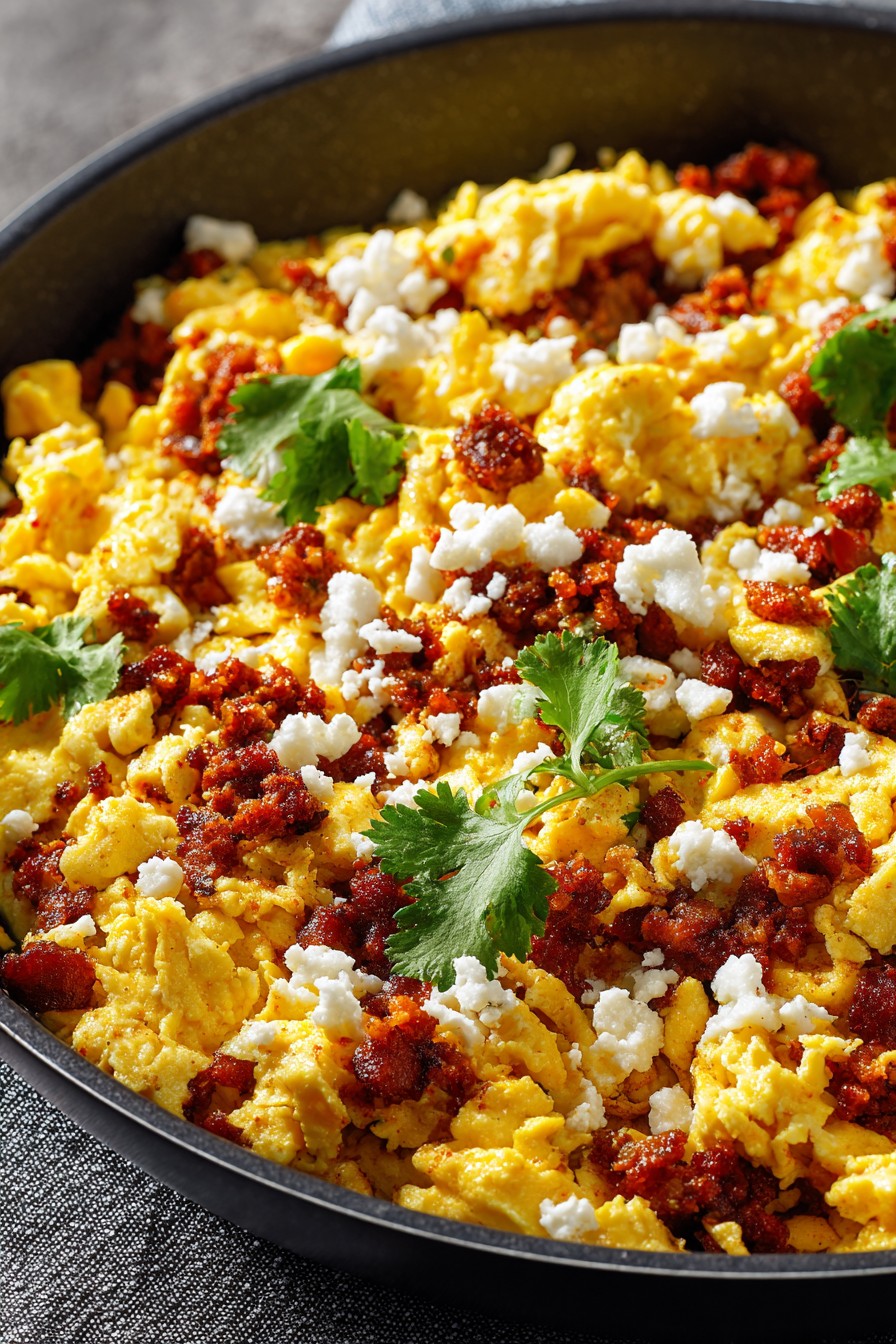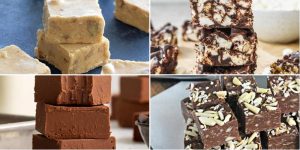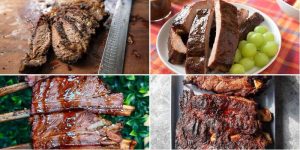Here’s how to transform your morning routine with this sophisticated chorizo and egg preparation that bridges traditional Mexican flavors with contemporary breakfast techniques. Harnessing the bold spiciness of quality chorizo against the delicate richness of properly cooked eggs creates a dish that demonstrates technical precision while delivering exceptional flavor complexity. This recipe elevates simple ingredients through careful temperature control and timing to achieve perfect textural harmony between the crispy chorizo and creamy eggs.
Why This Recipe Works
- The dual-cooking technique for chorizo—starting with a cold pan to render fat slowly, then increasing heat to develop crispy edges—ensures maximum flavor extraction and optimal texture without burning the spices
- Temperature-controlled egg incorporation maintains the delicate protein structure, preventing rubberiness while allowing the eggs to absorb the rendered chorizo fat for enhanced richness and flavor integration
- Strategic seasoning layering—using the chorizo’s inherent spiciness as the foundation, then adjusting with precise salt measurements after tasting—creates a perfectly balanced flavor profile without overwhelming saltiness
- The final resting period allows protein structures to relax and redistribute moisture, resulting in a creamier, more cohesive final texture that holds together when served
- Proper fat management through careful draining preserves the essential cooking medium while eliminating excess grease that could make the dish heavy or unbalanced
Ingredients
- 12 ounces fresh Mexican chorizo, casings removed if necessary
- 8 large eggs, brought to room temperature
- 2 tablespoons unsalted butter, divided
- 1 medium yellow onion, finely diced (approximately 1 cup)
- 2 cloves garlic, minced
- 1/4 cup heavy cream
- 1 teaspoon kosher salt, divided
- 1/2 teaspoon freshly ground black pepper
- 2 tablespoons chopped fresh cilantro
- 1 tablespoon fresh lime juice
- 1/4 cup crumbled queso fresco for garnish
Equipment Needed
- 12-inch cast iron or heavy-bottomed skillet
- Digital instant-read thermometer
- Wooden spatula or flat-edged wooden spoon
- Mixing bowls in various sizes
- Whisk
- Measuring cups and spoons
- Sharp chef’s knife
- Cutting board
- Paper towels
Instructions

Prepare and Render the Chorizo
Begin by placing your chorizo in a cold 12-inch skillet, breaking it into small pieces with your fingers or a spoon. Turn the heat to medium-low and allow the fat to render slowly over 8-10 minutes, stirring occasionally with a wooden spatula to prevent sticking. As the chorizo begins to release its vibrant red oils and the pieces separate, increase the heat to medium and continue cooking for another 5-7 minutes until the edges become crispy and the internal temperature reaches 160°F. Use a slotted spoon to transfer the chorizo to a plate lined with paper towels, reserving approximately 2 tablespoons of the rendered fat in the skillet. This gradual temperature increase ensures proper fat rendering without burning the delicate spices, while the paper towel step removes excess grease that could make the final dish overly heavy.
Sauté Aromatics in Rendered Fat
Return the skillet with reserved chorizo fat to medium heat and add the finely diced onion, cooking for 6-8 minutes until translucent and beginning to caramelize at the edges. Add the minced garlic and cook for exactly 60 seconds more, until fragrant but not browned, stirring constantly to prevent burning. The key here is timing—the onions should achieve a pale golden color while maintaining some texture, and the garlic must not cross the threshold into bitterness. This aromatic foundation will provide the flavor base that complements the chorizo’s spiciness while adding natural sweetness to balance the dish. Properly cooked aromatics create complexity without overwhelming the primary ingredients.
Combine Eggs and Cream Mixture
While the aromatics cook, crack the room-temperature eggs into a medium mixing bowl and add the heavy cream, half the kosher salt, and all the black pepper. Whisk vigorously for 90 seconds until the mixture becomes pale yellow and slightly frothy, indicating proper emulsion and air incorporation. The cream serves multiple purposes: it enriches the final texture, prevents the eggs from becoming tough during cooking, and helps maintain moisture throughout the cooking process. Room temperature eggs are crucial here as they incorporate more evenly with the cream and cook more uniformly when introduced to the hot skillet, preventing temperature shock that can cause uneven cooking.
Cook Eggs to Perfect Consistency
Reduce the skillet heat to medium-low and add 1 tablespoon of butter, swirling to coat the pan. Pour the egg mixture over the aromatics and let it sit undisturbed for 30 seconds to set the bottom layer. Using a folding motion with your spatula, gently push the cooked edges toward the center while tilting the pan to allow uncooked egg to contact the hot surface. Continue this process for 4-6 minutes until the eggs are mostly set but still slightly wet-looking on top—they should register 145°F on an instant-read thermometer. The low-and-slow approach prevents rubberiness while the folding technique creates soft, distinct curds rather than a scrambled mass.
Incorporate Chorizo and Finish
Add the reserved chorizo back to the skillet along with the remaining butter, folding gently to distribute evenly without breaking the egg curds. Cook for exactly 2 minutes more to rewarm the chorizo and allow the flavors to meld, then remove from heat. Stir in the fresh lime juice and chopped cilantro, then taste and adjust seasoning with the remaining salt if needed. The acid from the lime juice brightens the rich flavors while the cilantro adds freshness that cuts through the fat. Let the dish rest for 3 minutes off heat before serving to allow the proteins to relax and the flavors to fully integrate, resulting in a more cohesive final product.
Tips and Tricks
For optimal chorizo selection, seek out authentic Mexican chorizo from a quality butcher shop rather than pre-packaged supermarket varieties, as the fresh version typically contains better spice balance and superior fat content. When working with the eggs, consider the protein’s sensitivity to temperature—always bring eggs to room temperature by placing them in warm water for 10 minutes if you’ve forgotten to take them out earlier, as this prevents the cream from seizing when mixed. For those preferring different texture profiles, you can modify the cooking technique: for creamier eggs, incorporate an additional tablespoon of cream and cook over even lower heat; for firmer eggs, extend the final cooking time by 1-2 minutes while maintaining the folding technique. Storage considerations are important for food safety—any leftovers should be cooled to room temperature within 2 hours, then transferred to an airtight container and refrigerated for up to 3 days. Reheating requires care to prevent rubberiness: place portions in a non-stick skillet over low heat with a teaspoon of water, covering to create steam that gently rewarms without further cooking. For meal prep applications, you can cook the chorizo and aromatics in advance, storing them separately from the egg mixture, then combine when ready to serve for optimal freshness. If your chorizo renders excessive fat, don’t discard it all—this flavorful oil can be used for roasting potatoes or sautéing vegetables for complementary side dishes. Finally, for perfect seasoning balance, always taste after incorporating the chorizo but before adding the final salt, as the sausage’s seasoning level can vary significantly between brands and batches.
Recipe Variations
- Breakfast Tostada Version: Spread refried beans on crisp tostada shells, top with the chorizo egg mixture, and garnish with avocado slices, crumbled queso fresco, and Mexican crema for a texturally complex breakfast presentation that incorporates multiple traditional elements in a single dish
- Baked Casserole Adaptation: Combine the cooked chorizo and egg mixture with cubed day-old bread, roasted poblano peppers, and shredded Monterey Jack cheese, then bake at 350°F for 25 minutes until golden and set for a make-ahead brunch option that serves crowds efficiently
- Spicy Green Chile Enhancement: Incorporate 1/2 cup roasted, peeled, and diced Hatch green chiles during the aromatic phase, along with a teaspoon of ground cumin, to create a New Mexico-inspired variation that highlights regional pepper flavors while maintaining the dish’s structural integrity
- Vegetarian Alternative: Replace chorizo with 12 ounces of crumbled firm tofu pressed and marinated in 2 tablespoons smoked paprika, 1 teaspoon garlic powder, 1/2 teaspoon cayenne, and 1 tablespoon apple cider vinegar for 30 minutes before cooking to replicate the spicy, crumbly texture without meat products
- Breakfast Taco Application: Serve the finished mixture in warm corn tortillas with pickled red onions, sliced radishes, and fresh salsa verde for a street-style breakfast taco that showcases the versatility of the core recipe across different culinary formats
Frequently Asked Questions
Can I use dried chorizo instead of fresh Mexican chorizo?
While dried Spanish chorizo can be substituted, the cooking technique requires significant adjustment. Spanish chorizo is already cooked and firm, so you’ll need to slice it thinly and sauté it briefly just to warm and render minimal fat, rather than the extended cooking process for fresh chorizo. The flavor profile will also differ considerably—Spanish chorizo typically features smoked paprika and garlic notes rather than the vinegar and chili-forward profile of Mexican chorizo. If using dried chorizo, you may need to supplement with additional oil for cooking the aromatics and consider adding a teaspoon of vinegar to approximate the tanginess of the fresh version.
What’s the best way to prevent rubbery eggs?
The key to preventing rubbery eggs lies in temperature control and timing. Always cook eggs over medium-low to low heat, as high heat causes the proteins to contract violently, squeezing out moisture and creating a tough texture. Incorporating cream or butter provides fat molecules that interfere with protein bonding, resulting in a more tender final product. Additionally, removing the eggs from heat when they still appear slightly wet allows carryover cooking to complete the process gently. Finally, avoid over-whisking initially and over-stirring during cooking, as both actions can develop too much protein structure leading to toughness.
How can I make this recipe spicier or milder?
To increase heat levels, consider adding 1-2 minced serrano peppers during the aromatic phase, or incorporate a teaspoon of chipotle powder with the eggs for smoky heat. For extreme spice lovers, a diced habanero pepper added with the onions provides significant heat complexity. To reduce spiciness, select milder chorizo varieties or rinse the crumbled chorizo briefly after cooking to remove some surface spices. You can also increase the cream quantity to 1/3 cup and add a tablespoon of tomato paste during the aromatic phase to balance heat with sweetness and acidity.
Can I prepare components in advance for meal prep?
Yes, with proper technique. Cook the chorizo and aromatics completely, then cool rapidly by spreading on a baking sheet before transferring to an airtight container—they’ll keep refrigerated for 3 days. The egg and cream mixture can be combined and stored in a separate container for up to 24 hours. When ready to serve, reheat the chorizo mixture gently before incorporating the eggs. For best results, avoid freezing the completed dish as the texture of reheated frozen eggs becomes unpleasantly watery due to ice crystal formation damaging the protein structure.
What are the best side dishes to serve with chorizo eggs?
For traditional accompaniments, consider crispy roasted potatoes seasoned with the reserved chorizo fat, or warm corn tortillas for making breakfast tacos. Refried beans provide a creamy counterpoint to the spicy eggs, while a simple avocado salad with lime vinaigrette cuts through the richness. For a brunch presentation, citrus-marinated fruit or a jicama slaw offers refreshing contrast. If serving for dinner, Mexican red rice and charro beans create a complete meal, while toasted bolillo rolls work well for sandwich applications using the chorizo egg mixture as filling.
Summary
This chorizo eggs recipe demonstrates professional technique through controlled temperature management, proper fat rendering, and strategic ingredient incorporation. The method produces perfectly textured eggs with deeply integrated chorizo flavor, balanced by fresh acidity and herbal notes. Mastery of this dish provides foundation skills applicable to numerous egg-based preparations while delivering restaurant-quality results in a home kitchen setting.
Chorizo Eggs
5
servings15
minutes25
minutesIngredients
Instructions
- 1 Place chorizo in cold skillet, cook over medium-low 8-10 minutes until fat renders, then increase to medium and cook 5-7 minutes until crispy at 160°F. Transfer to paper towels, reserve 2 tablespoons fat
- 2 Cook onion in reserved fat 6-8 minutes until translucent, add garlic and cook 60 seconds until fragrant
- 3 Whisk eggs with cream, half the salt, and pepper until pale and frothy
- 4 Add 1 tablespoon butter to skillet, pour in eggs, let set 30 seconds, then fold for 4-6 minutes until mostly set at 145°F
- 5 Add chorizo and remaining butter, cook 2 minutes, remove from heat, stir in lime juice and cilantro, adjust seasoning, rest 3 minutes before serving



